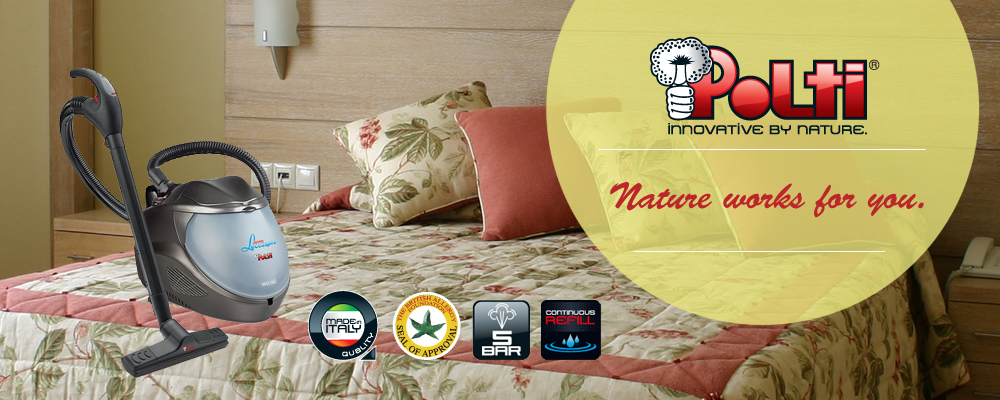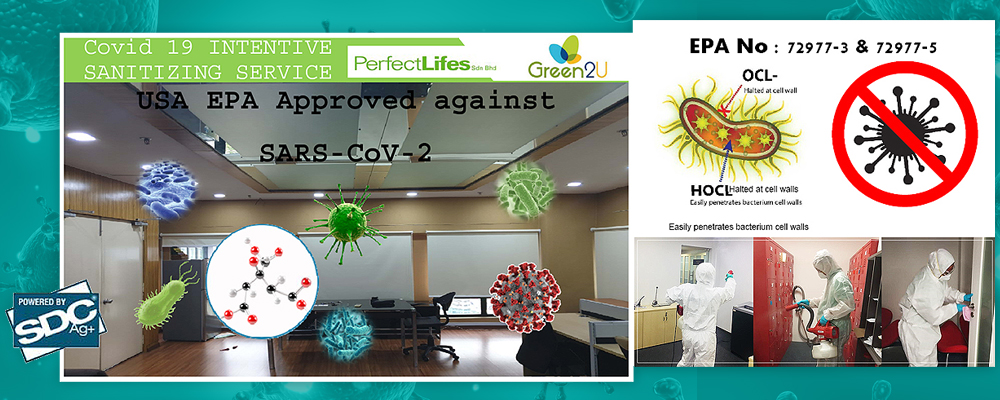Air balancing HVAC Test, Adjust & Balance

An "air balance" is a process for measuring the performance of an HVAC system, and for providing the occupants with a comfortably conditioned space according to design specifications. In other words, it is an overall health check for your HVAC systems to make sure the equipment is mechanically sound, that there is positive building pressure and that the thermostat and air flow are adjusted properly.
Over the years, I have concluded that the test and balance service serves the same purpose as changing the oil in my car to keep the engine running healthy. Preventative maintenance for any vehicle or piece of equipment is understandably a best practice for avoiding high stress circumstances, such as a car break-down in the middle of a deserted road. In the context of HVAC, a high stress circumstance could be losing your air conditioning on a hot day and watching customers leave the building!
The following is a summarized list of the top reasons facility managers and mechanical contractors call for a test and balance service for a commercial building:

1. Comfort Complaints
Unhappy customers complain, sometimes all-too-often, to management when their discomfort is affecting their dining experience. Common reported complaints include: hot/cold spots in the dining room, doors are difficult to open, odour, and draft entering in from the front door. In a majority of circumstances, these issues are caused by an HVAC system that is not performing to design specifications.
For example, if your facility is experiencing temperature-related comfort issues, you may want to first check your coils. In one particular balance in July 2014, we found that a restaurant's coils were covered in a foot of ice.
2. Sick Building Symptoms
Just like people, if health isn’t maintained every building will eventually show symptoms of illness. We see the following symptoms on a regular basis when we’re called out for an HVAC rebalance: condensation, stale/stuffy air, slippery floors, and poor smoke capture.

3. Replacing Old HVAC Equipment
When upgrading rooftop units, coils, ductwork, moving diffusers around, etc., Facilities Managers (FM) want to be ensured that their new equipment was properly installed and is going to work as they expect. Unfortunately, it’s not as simple as other replacements, such as changing a light bulb. HVAC equipment replacements must be inspected and tested for proper operation, otherwise the entire facility’s ecosystem could be thrown out of balance.
4. Balance After Remodel
Reconstructing the floor plan of a building affects the facility’s HVAC and airflow. As referenced in the ASHRAE Handbook, HVAC Applications, Kitchen Ventilation: “Rechecking the air balance should not be necessary more than once every 2 years unless basic changes are made in facility operation.” Changes in facility operation that affect airflow include the following: layout changes, adding/removing walls, adding rooms, and installing new cooking equipment. Each HVAC system is originally designed for a particular building layout. Once that layout changes, the HVAC must be adjusted to keep efficiency and lowest possible operating cost.
In many situations, a post-remodel HVAC balance report is specified in the mechanical design prints or required by the Professional Engineer or competent person on IAQ.

5. Missing Balance Report
Facilities Managers (FM) appreciate a documented balance report to act as a factual starting point when HVAC issues arise. Sometimes these reports get lost in changes in management, so when FMs need to verify the proper settings of their HVAC equipment, they’ll order a rebalance to obtain this data. We find this especially frequent in leased facility situations whereby tenants want to be sure they are getting the correct airflow that they are paying for. Having a balance report documented provides functional data to analyse in the event that equipment malfunctions.
It is important for Facilities Managers have a grip on their HVAC health and performance to prolong the life of their facility investments.
In the wild world of HVAC, there’s no telling what you might encounter.
Finally, a ventilation system working off design will lead to not only discomfort to the occupants, but also higher operating costs. Thus, air balancing should be undertaken once in 5 years at a minimum – and adjustments should be made to accommodate the new load and occupancy requirements.










